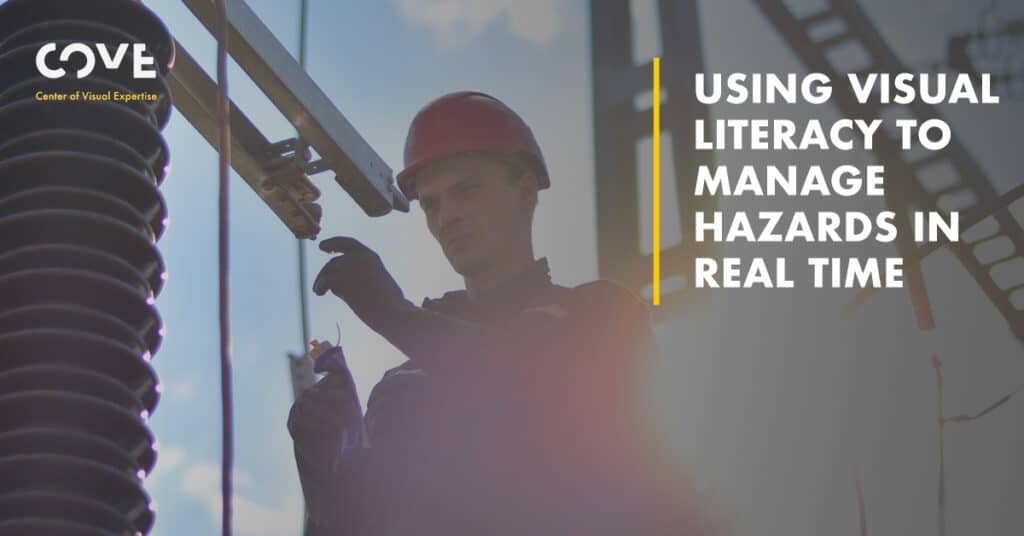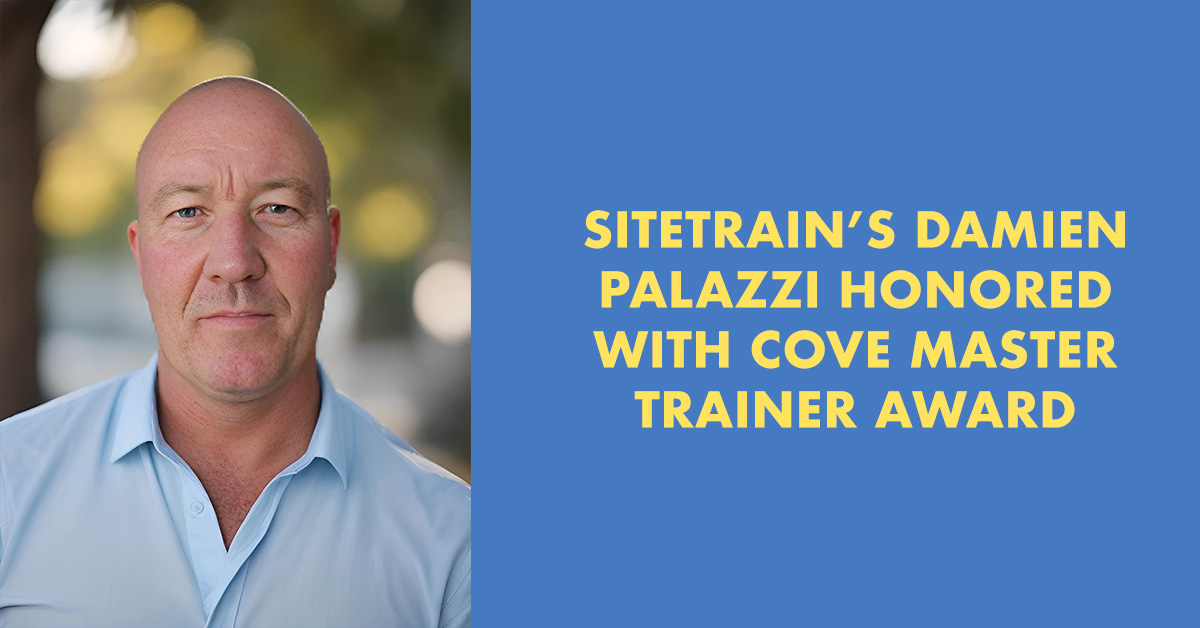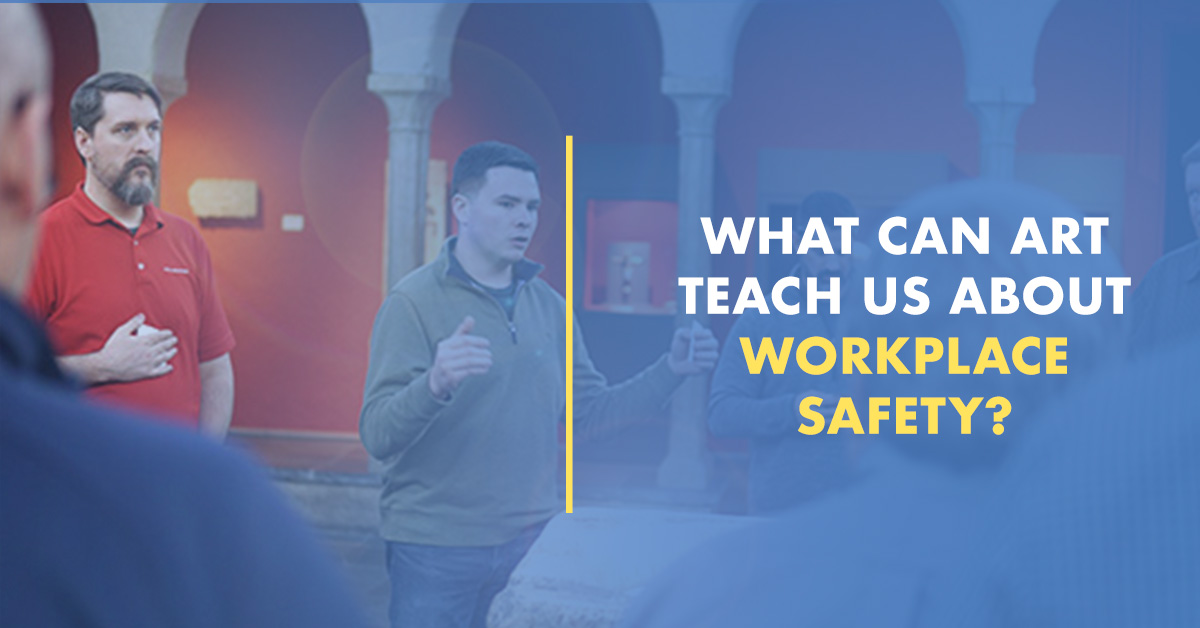Visual Literacy: A Catalyst for Enhanced Safety Leadership
Safety leaders are engaged in a tireless pursuit to identify and address hazards wherever they exist. We also must develop strategies to build the competencies needed to successfully mitigate hazards when they cannot be engineered out, substituted or eliminated.
Visual Literacy (VL) provides powerful tools that can be used to lead teams to more effective high-level hazard controls (Engineering Controls, Substitution and Elimination). The common language of VL can create a strong communication link between the ‘shop floor’ and leadership. Leaders can then be more confident that when high-level controls are further developed and implemented they are aligned with the teams that will utilize them. Leadership will also have better insights to develop strategies, improve policies and create a positive, resilient and proactive culture.
In this blog we will point out how VL can be used by people on the front line, in real time, to create safer workplaces. Every day, teams perform analyses of tasks and jobs in an effort to ensure work is carried out in the safest manner possible. Sometimes these analyses are performed in a formal documented manner and sometimes informally (especially with tasks that are routine). In either situation we ask people to:
- List the steps associated with the task
- Identify hazards and risks associated with each step, then
- Devise the most effective mitigation for each hazard and risk
Many times, the primary mitigation measures that are immediately available to people preparing for these tasks are administrative controls and personal protective equipment (PPE). When this is the case, proper execution of the steps outlined above is crucial and VL can help ensure the steps are more effective.
When administrative controls and PPE are the primary line of defense against hazards, this should be a prompt for individuals to use VL tools.
People can learn and develop the skills to:
- Leverage Seeing the Whole PICTURE® of the situation,
- Use the Elements of Art to identify all relevant information, and
- Process the inputs using the Art of Seeing Art™
Applying Seeing the Whole PICTURE®
The tools are especially useful for the informal analyses of routine tasks like manually lifting and moving equipment or materials.
We can develop the skills to initiate a cue when we encounter a potential hazard, to slow down and reassess the situation leveraging Seeing the Whole PICTURE® instead of ‘plowing ahead on auto pilot.’ In the example above, did we really see the equipment or material we are about to lift (using Perimeter to Interior); to determine if there are any peculiarities (Contrast); from all angles (Turn it Upside down); then Repeat the process so we are certain we can make the lift in a safe manner and Explain, either to the team or ourself, the potential techniques to make the lift and potential outcomes. This technique can also be used to assess the applicability and serviceability of our PPE.
Once we have slowed down, the Seeing the Whole PICTURE® process can be used, in conjunction with the Elements of Art (Lines, Colors, Shapes, Space, and Texture) to help ensure we have a holistic view of the task and identify potential hidden hazards, for example, sharp edges or uneven distribution of weight.
Overarching the first two tools is the Art of Seeing Art™. This powerful tool helps us to take a more disciplined approach to help ensure we SEE, ANALYZE and TAKE ACTION in the safest manner in each situation when we encounter potential hazards. This may include ensuring all the steps of the task have been identified and analyzed. In this example, has the team evaluated the final destination of the object before starting the lift to be sure it can be set down in a safe manner.
These three tools can help individuals and teams ensure that the administrative controls are appropriate, understood, and properly executed. They can also help people determine the proper PPE for the task, determine that the PPE is in serviceable condition, and make a commitment to properly use the PPE.





